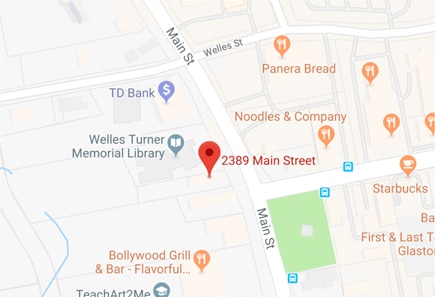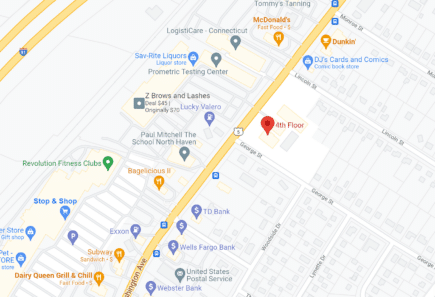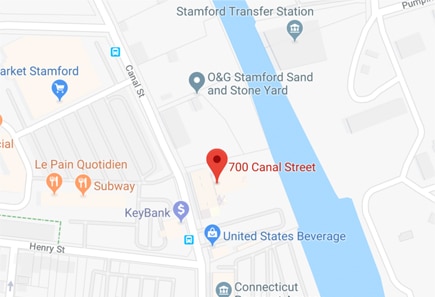
When advising our senior clients on reviewing anything they are asked to sign for home care, assisted living and nursing home care, we always insist that we review the document first. Here is why. Recently I reviewed an admissions packet to a nursing home that my clients were asked to sign. In the packet was “advice” on the Medicaid program. The problem was the figures this information used were 13 years old. If my clients followed this outdated information, it would have cost them thousands of dollars. The lesson learned is: Be careful who you are listening to.
The Centers for Medicare and Medicaid Services (CMS) has released the 2023 federal guidelines for how much money the spouses of institutionalized Medicaid recipients may keep.
In 2023, the spouse of a Medicaid recipient living in a nursing home (called the “community spouse”), may keep as much as $148,620 without jeopardizing the Medicaid eligibility of the spouse who is receiving long-term care. (Please note that, in most cases, the community spouse can keep far more than this and in many cases, all assets.)
Called the “community spouse resource allowance,” this is the most that a state may allow a community spouse to retain without a hearing, court order, or other legal strategy. While some states set a lower maximum, the least that a state may allow a community spouse to retain in 2023 is $29,724.
The Community Spouse Protected Amount (CSPA) is the amount of assets that the community spouse is allowed to retain when the institutionalized spouse is eligible for Medicaid. The CSPA is the greatest of either the Spousal Share (one-half of the total amount of joint countable assets as of the day of the first day of continuous institutionalization for the institutionalize spouse), or the Maximum Community Spouse Protected Amount at the time of application, or the amount determined by the Department of Social Services (DSS).
There are many legal ways to protect more than the maximum protected amount. The Maximum and the Minimum Spousal Standards increase each year. As we have discussed in this column before, always get the advice of a qualified Elder Law attorney to make sure you are protecting the maximum. In some cases, all of your assets can be protected.
Meanwhile, the maximum monthly maintenance needs allowance for 2023 is $3,715.50. This is the most in monthly income that a community spouse is allowed to have if her own income is not enough to live on, and she must take some or all of the institutionalize spouse’s income.
The minimum monthly maintenance needs allowance is $2,288.75. In determining how much income a particular spouse is allowed to retain, states must abide by the upper and lower range. Bear in mind that these figures apply only if the community spouse needs to take income from the institutionalized spouse. According to Medicaid Law, the community spouse may keep all her own income, even if it exceeds the maximum monthly maintenance needs allowance.





